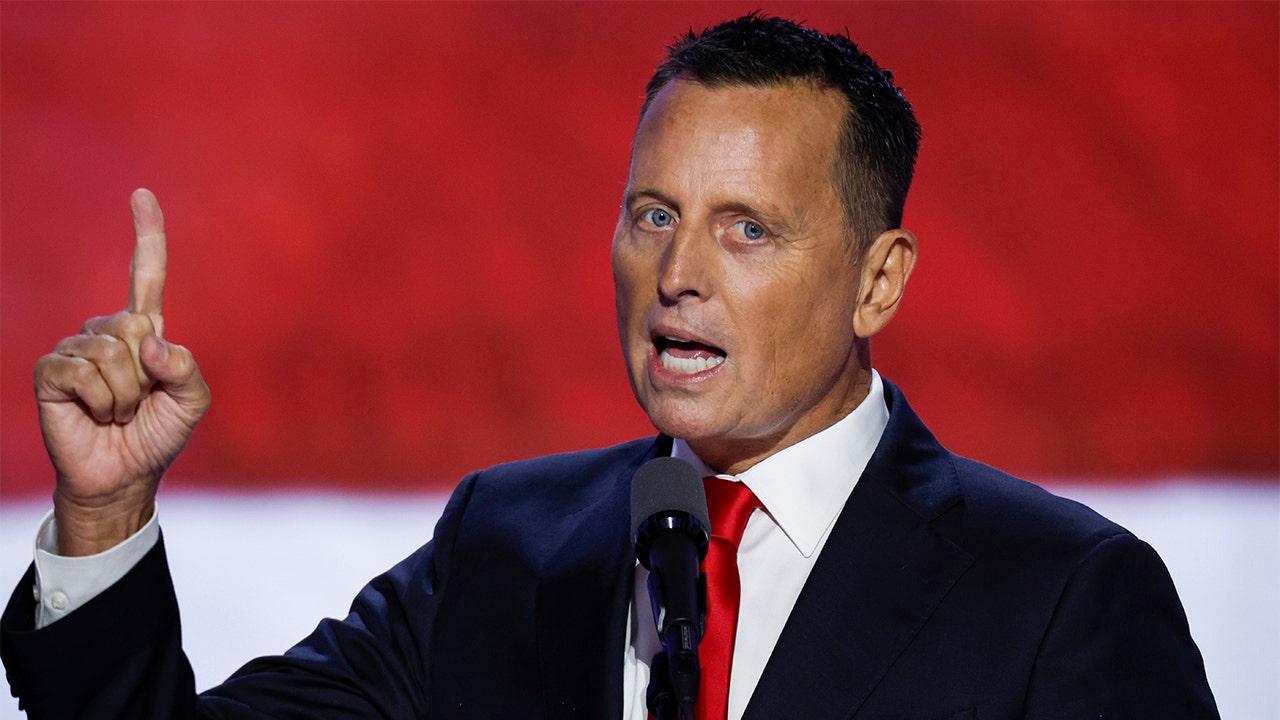The director of the U.S. Agency for International Development told lawmakers this week that a famine is underway in northern Gaza, which has been devastated by six months of Israeli military operations and is the part of the territory most cut off from aid.
Northern Gaza, which was the first part of the territory that Israeli forces invaded last October, has been heavily damaged by the war and is far from the two open border crossings in the south through which nearly all aid is arriving.
Aid agencies say that it has become all but impossible to deliver relief supplies to the north as fighting continues. UNICEF said on Thursday that one of its vehicles waiting to enter northern Gaza this week had been “hit by live ammunition,” and that it had raised the matter with the Israeli authorities. The Israeli military did not immediately respond to questions about the report.
Ms. Power’s comments came during her congressional testimony on Wednesday, when she was asked by Representative Joaquin Castro, Democrat of Texas, about reports that her agency had sent a cable to the National Security Council saying famine had begun in parts of the Gaza Strip. The cable was first reported by HuffPost.
Ms. Power said a famine appeared to have begun according to an assessment by the global Integrated Food Security Phase Classification initiative, an group of U.N. agencies and relief agencies also known as the I.P.C., whose methodology she described as sound. She did not specify what assessment she was referring to.
“That is their assessment, and we believe that assessment is credible,” Ms. Power said.
“So famine is already occurring there?” Mr. Castro replied.
“That is — yes,” Ms. Power said.
The I.P.C. said last month that famine was imminent in northern Gaza. The body usually declares a famine when at least 20 percent of households face an extreme lack of food, when at least 30 percent of children suffer from acute malnutrition and when at least two adults or four children for every 10,000 people die each day from starvation or disease linked to malnutrition.
Ms. Power said later in her testimony that the rate of severe malnutrition among Gazan children had become “markedly worse” since Oct. 7, when a Hamas-led terrorist attack prompted Israel to launch its military offensive in Gaza.
“In northern Gaza, the rate of malnutrition prior to Oct. 7 was almost zero, and it is now one in three kids,” she said. She added: “In terms of actual severe acute malnutrition for under-5s, that rate was 16 percent in January and became 30 percent in February. We’re awaiting the March numbers, but we expect it to continue.”
In interviews, people in northern Gaza have described severe food shortages. Even in Beit Lahia, once known as Gaza’s breadbasket, people’s diets sometimes amount to little more than boiled bitter weeds, said Yousef Sager, 24, a farmer.
“I never thought we would be talking about famine here,” he said.
In the early months of the war, he said he ate only a small plate of rice each day, with breakfast and dinner replaced by tea or coffee. When rice, tea and coffee ran out, he and many other Gazans turned to khobeza, a leafy green that grows in early spring.
But the khobeza is starting to run out, he said, so he now lives off of a soup of hot water and stinging nettles. Before the war, not even farm animals ate that, he said.
“I had to close my nose and just swallow it to survive,” he said.
Abu Bakr Bashir contributed reporting.





